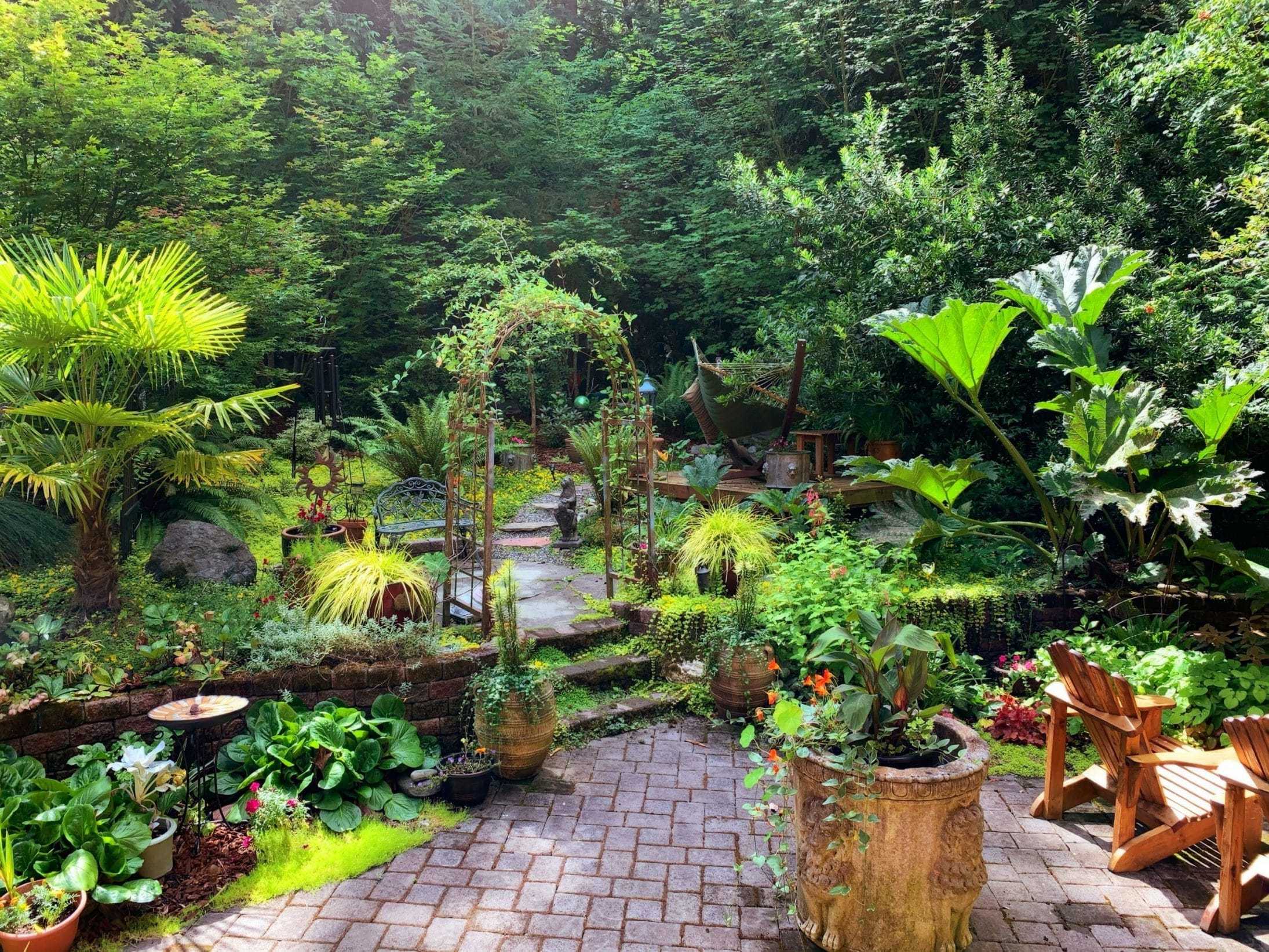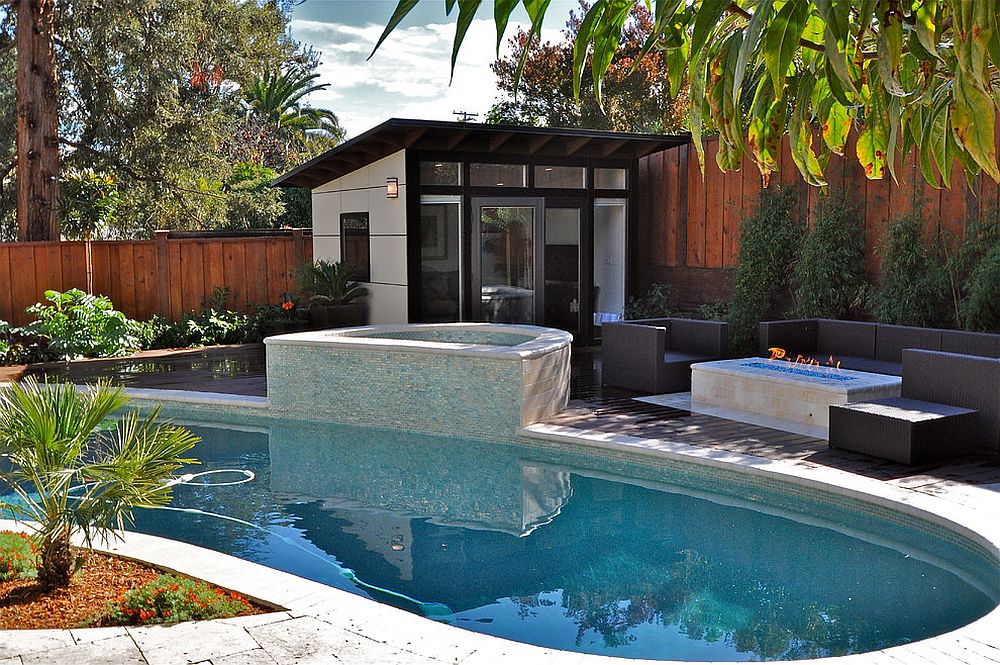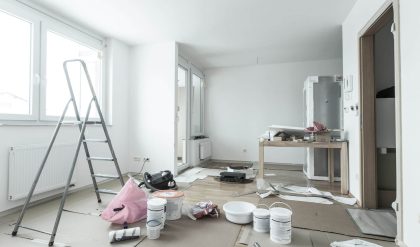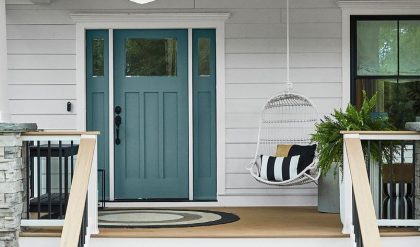
Outdoor Oasis: Designing Your Dream Backyard Retreat
Escape the everyday. Transform your backyard into a personal sanctuary, a vibrant outdoor oasis tailored to your desires. This isn’t just about mowing the lawn; it’s about crafting a space that nourishes your soul, a place of relaxation, recreation, and rejuvenation. Let’s delve into the art of designing your dream backyard retreat.
Phase 1: Vision & Assessment
Before a single shovel hits the earth, visualize your ideal space. What feeling do you want to evoke? Tranquil serenity? Energetic playfulness? Romantic intimacy? Consider your lifestyle and how you envision using the space. Will it be a family gathering hub, a quiet reading nook, a vibrant garden, or a blend of all three?
Next, assess your existing landscape. Note the sun’s path throughout the day, identifying areas of full sun, partial shade, and deep shade. Consider existing features – trees, slopes, and even existing structures – that can be incorporated into your design. This preliminary assessment will inform your choices in the subsequent phases.
Phase 2: Theme & Style
Choosing a theme provides a unifying thread for your design. Popular themes include:
- Mediterranean: Think terracotta pots, climbing vines, fragrant herbs, and sun-drenched stone patios.
- Zen Garden: Embrace minimalism with carefully raked gravel, strategically placed rocks, and lush, low-maintenance greenery.
- Tropical Paradise: Create a lush escape with vibrant flowering plants, bamboo accents, and a cascading water feature.
- Rustic Farmhouse: Incorporate natural wood, weathered stone, and wildflowers for a cozy, welcoming feel.
- Modern Minimalist: Prioritize clean lines, geometric shapes, and a muted color palette for a sophisticated, uncluttered look.
Phase 3: Choosing the Right Elements
Once your theme is selected, you can begin choosing the elements that will bring your vision to life. Consider these key components:
| Element | Description | Example |
|---|---|---|
| Seating Area | A comfortable space for relaxing and socializing. | Outdoor sofa, Adirondack chairs, hammocks |
| Water Feature | Adds tranquility and visual interest. | Fountain, pond, waterfall |
| Lighting | Creates ambiance and extends usability at night. | Pathway lights, string lights, lanterns |
| Planting | Adds color, texture, and fragrance. | Flowerbeds, shrubs, trees |
| Hardscaping | Provides structure and durability. | Patio, walkways, retaining walls |
Phase 4: Materials & Sustainability
Selecting sustainable and durable materials is crucial for longevity and environmental responsibility. Consider using reclaimed wood, recycled materials, and locally sourced stone. Opt for drought-tolerant plants to minimize water usage, and integrate eco-friendly lighting solutions.
Phase 5: Implementation & Maintenance
Whether you tackle the project yourself or hire professionals, careful planning and execution are essential. Establish a realistic timeline and budget. Regular maintenance, including weeding, pruning, and cleaning, will ensure your outdoor oasis remains a beautiful and enjoyable space for years to come.
Beyond the Basics: Adding Personality
Don’t be afraid to personalize your space. Incorporate unique features that reflect your personality and interests. A fire pit for roasting marshmallows, a built-in outdoor kitchen for entertaining, an outdoor art installation – the possibilities are endless!
Conclusion:
Designing your dream backyard retreat is a journey of creativity and self-expression. By carefully considering your vision, selecting appropriate elements, and embracing sustainable practices, you can transform your outdoor space into a haven of peace, beauty, and joy – a true outdoor oasis. Embrace the process, enjoy the journey, and watch your dream unfold.

Additional Information
Outdoor Oasis: A Deeper Dive into Designing Your Dream Backyard Retreat
The concept of an “outdoor oasis” resonates deeply, promising tranquility and escape within the confines of one’s property. However, successful design transcends mere aesthetics; it requires a holistic approach incorporating ergonomics, sustainability, and a deep understanding of the user’s needs and the site’s potential. This analysis delves deeper into the key aspects of designing a truly transformative backyard retreat.
I. Beyond Aesthetics: The Functionality Factor:
While visually appealing design is crucial, the functionality of an outdoor space significantly impacts its usability and enjoyment. Simply adding a patio doesn’t equate to a retreat; thoughtful consideration of flow, purpose, and accessibility is paramount.
-
Zoning: Effective zoning divides the space into distinct areas catering to specific activities. A dining area, a lounging zone with comfortable seating and shade, a play area for children, and a dedicated gardening space should be strategically located to maximize functionality and minimize interference. Consider the natural flow of movement between these zones, creating seamless transitions.
-
Ergonomics: The placement of seating, tables, and other elements needs to prioritize comfort and ease of use. Consider factors like sun exposure, prevailing winds, and proximity to water sources. For example, placing seating areas in dappled shade avoids uncomfortable direct sunlight, while proximity to a water feature can enhance the relaxing ambience.
-
Accessibility: The design must accommodate the needs of all users, including individuals with mobility challenges. Ensure pathways are wide and level, with ramps replacing steps where necessary. Consider the placement of features like handrails and accessible seating.
II. The Sustainable Backyard:
Integrating sustainable practices not only reduces environmental impact but also enhances the longevity and cost-effectiveness of the project.
-
Water Conservation: Opt for drought-tolerant landscaping, employing native plants that require minimal watering. Install a rainwater harvesting system to irrigate the garden, reducing reliance on municipal water supplies. Consider using permeable paving materials to allow rainwater to seep into the ground, replenishing groundwater levels.
-
Energy Efficiency: Incorporate solar-powered lighting to reduce energy consumption. Choose energy-efficient outdoor appliances, such as fans and heaters. The strategic placement of trees and shrubs can naturally shade the area, reducing the need for artificial cooling.
-
Material Selection: Prioritize the use of recycled and sustainably sourced materials for construction and landscaping. This includes reclaimed wood, recycled plastic lumber, and locally sourced stone. Consider the long-term durability and maintenance requirements of chosen materials.
III. Case Study: The Multi-Generational Oasis
Consider a family with elderly parents and young children. The design needs to balance the needs of all generations. This would involve:
- A universally accessible patio: Level surfaces, ample seating with armrests for easier rising, and shaded areas for elderly individuals.
- A dedicated play area: Safe and engaging for children, separate from relaxation zones for adults.
- Flexible seating arrangements: Modular furniture that can be easily reconfigured to accommodate both large gatherings and intimate settings.
- Quiet zones: Designated spaces for relaxation and privacy, possibly incorporating water features or calming landscaping elements.
IV. Data & Statistics:
While precise figures on backyard retreat popularity are elusive, market trends indicate a surge in demand for outdoor living spaces. The increasing popularity of staycations, coupled with a growing awareness of mental health benefits linked to nature, fuels this trend. Studies consistently show a positive correlation between access to green spaces and improved well-being. For example, research by the University of Illinois found that exposure to nature reduces stress hormones and improves cognitive function.
V. Conclusion:
Designing a truly exceptional outdoor oasis necessitates a nuanced understanding of functionality, sustainability, and user needs. It’s not merely about aesthetics, but about creating a functional and enriching space that enhances the quality of life. By carefully considering the aspects discussed above, homeowners can transform their backyards into personalized retreats, offering respite, recreation, and connection with nature. The investment in a well-planned outdoor space is not just about landscaping; it’s about investing in well-being and creating lasting memories.






